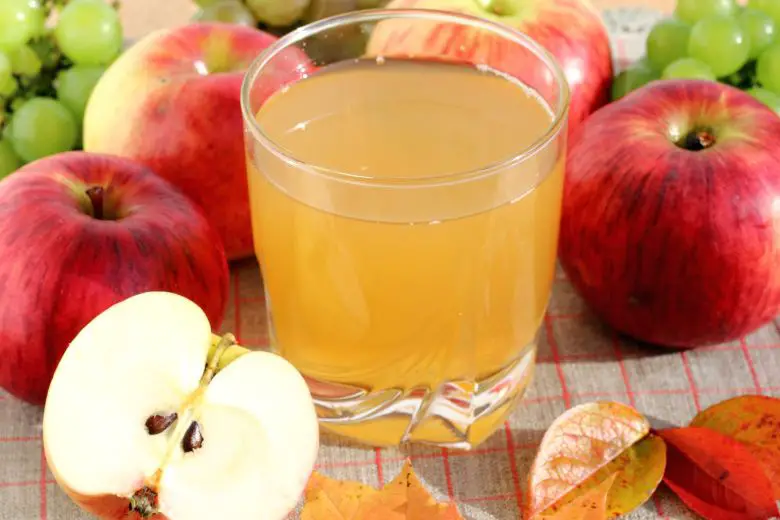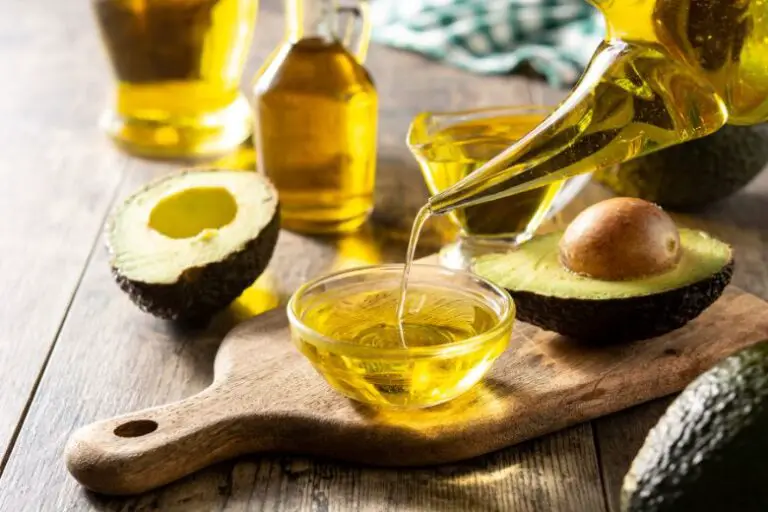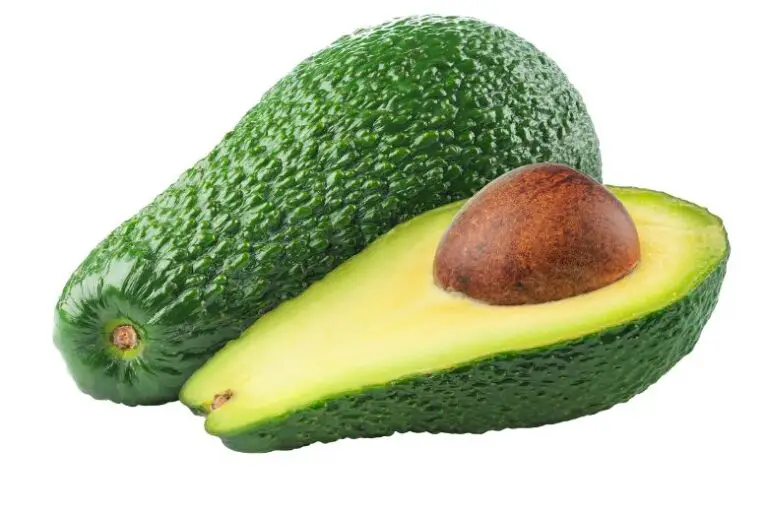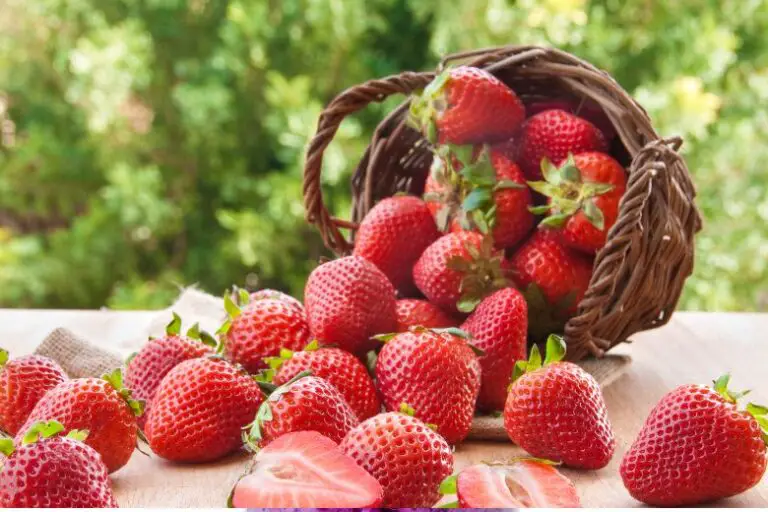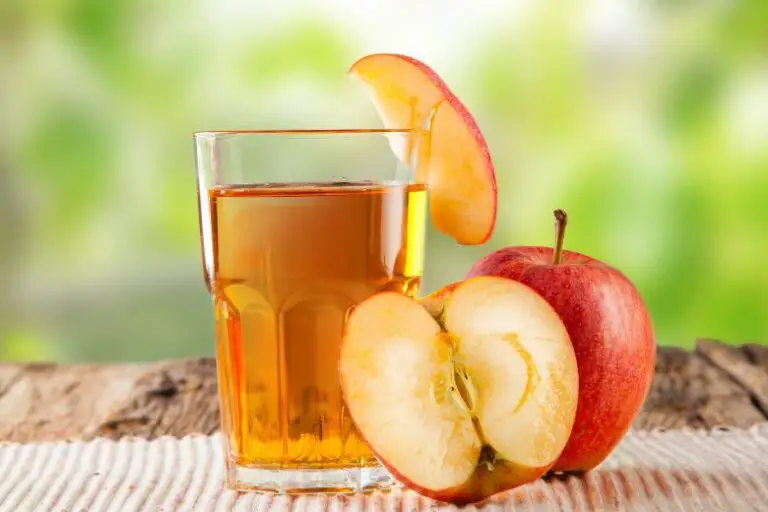Why is Apple Juice Brown
Apple juice, known for its delightful taste and health benefits, often intrigues us with its tendency to turn brown over time. This phenomenon has puzzled countless apple juice enthusiasts and scientists alike. In the following sections, we will dissect the underlying factors contributing to this color change and delve into the science that gives apple juice its distinctive hue.
The Enigma of Apple Juice Color
Have you ever wondered why freshly squeezed apple juice doesn’t remain golden for long? The answer lies in the intricate biochemical reactions occurring within the juice. As soon as the apple is cut or juiced, a series of enzymatic and chemical reactions set off, leading to the gradual transformation of the juice’s color.
The Role of Enzymes in Browning
Enzymes, particularly polyphenol oxidase, present in apples, are the key players in this color-altering process. When the apple’s cells are damaged during slicing or juicing, these enzymes come into contact with oxygen from the air, initiating a cascade of reactions. These reactions are responsible for the creation of brown pigments, leading to the change in color.
Oxygen’s Influence: Oxidation Reaction
The interaction between enzymes and oxygen triggers an oxidation reaction. This reaction involves the conversion of colorless phenolic compounds present in the apple into brown pigments called melanins. This process closely resembles the browning of a sliced apple left exposed to air, further supporting the connection between enzymatic browning and the natural browning of apples.
The Importance of pH
The pH level of apple juice also plays a significant role in the browning process. A more acidic environment inhibits the activity of polyphenol oxidase, thereby slowing down the browning reaction. However, over time, the natural pH changes, and the enzymes regain their activity, contributing to the eventual color change.
Preventing Apple Juice Browning
Various methods can be employed to prevent or slow down the browning of apple juice. These include the use of ascorbic acid (vitamin C), which acts as an antioxidant and inhibits enzymatic browning. Another approach involves blanching the apples briefly before juicing to deactivate the enzymes responsible for browning.
Culinary Applications of Browning
Interestingly, not all cases of apple juice turning brown are undesirable. In the culinary world, the browning of apple juice is often embraced for the depth of flavor it imparts to dishes like apple pies and sauces. This phenomenon can also be used creatively to enhance the visual appeal of certain recipes.
The Chemistry of Flavor Changes
Beyond color, enzymatic browning also influences the flavor profile of apple juice. The breakdown of compounds during browning can lead to the formation of new aromatic molecules, intensifying the overall flavor experience.
Comparative Analysis with Other Juices
Apple juice is not alone in its browning journey. Other juices, like pear and grape juice, can also undergo similar browning reactions due to the presence of enzymes and phenolic compounds. However, the degree and speed of browning may differ between these juices.
Apple Varieties and Browning Rates
Not all apple varieties exhibit the same browning rates. Factors such as the apple’s polyphenol content and pH levels influence the extent and speed of browning. Some apple varieties are more prone to browning, while others exhibit a slower reaction.
Myths and Facts about Brown Apple Juice
There are numerous myths surrounding the browning of apple juice. From misconceptions about juice quality to exaggerated health concerns, it’s important to debunk these myths and focus on the true science behind the phenomenon.
Understanding the Nutritional Impact
Does browning affect the nutritional value of apple juice? The article explores this question and provides insights into whether the browning process impacts the juice’s nutritional content.
Unveiling the Art of Presenting Clear Apple Juice
For those who prefer their apple juice crystal clear, methods like pasteurization and filtration can be employed to remove enzymes and compounds responsible for browning. This section explores techniques to maintain the juice’s pristine appearance.
The Science of Enjoyment: Psychological Factors
The color and appearance of apple juice play a significant role in shaping our perception of taste and quality. We delve into the psychological factors that influence our enjoyment of apple juice and how color impacts our sensory experience.
Conclusion
The intriguing phenomenon of apple juice turning brown is a result of a complex interplay of enzymes, oxygen, pH levels, and chemical reactions. This natural occurrence, known as enzymatic browning, is a testament to the intricate processes taking place within the fruit. Whether appreciated for its culinary potential or understood for its scientific significance, the browning of apple juice adds a layer of depth to this beloved beverage.

